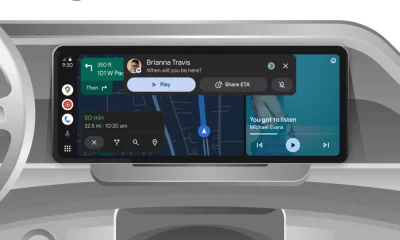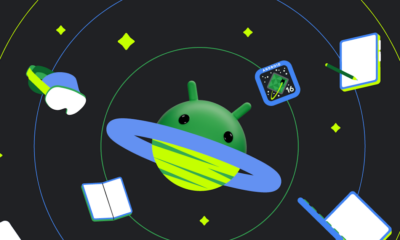Android
Android Auto expands horizons with 13.5 update and Pixel devices receive January 2025 security patch
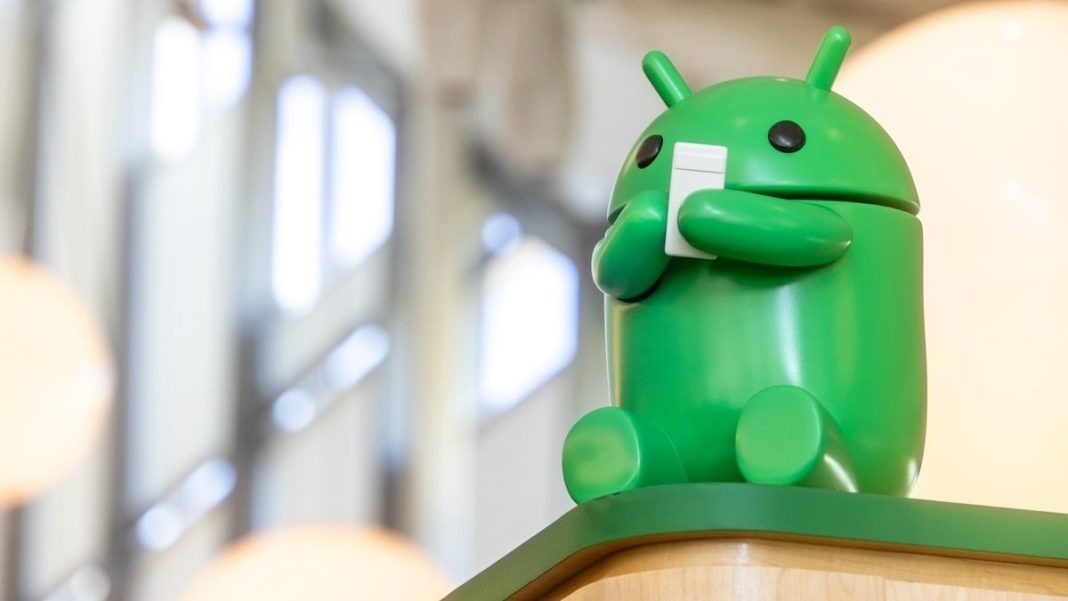
The world of in-vehicle technology is constantly evolving, and Google’s Android Auto is keeping pace with its latest beta update, version 13.5. This release marks a significant step forward in inclusivity, broadening support beyond traditional cars and addressing some long-standing oversights. Meanwhile, Google has also rolled out the January security patch for its Pixel devices, ensuring users remain protected against the latest vulnerabilities.
One of the most noticeable changes in Android Auto 13.5 is the shift in terminology from “car” to “vehicle.” This seemingly small tweak reflects a broader commitment to supporting a wider range of transportation modes. The update explicitly mentions motorcycles within its code, signaling a move to cater to riders who have been utilizing the platform for some time.
This means that phrases like “Connected cars” are now “Connected vehicles,” and the “Connect a car” button has been appropriately updated to “Connect a vehicle.” This change may seem minor, but it represents a significant shift in perspective and a more inclusive approach to in-vehicle technology. It acknowledges that the road is shared by more than just four-wheeled automobiles.
Beyond the change in wording, the update also brings some exciting developments under the hood. New icons specifically designed for motorcycles have been added, along with assets for various vehicle brands, including Geely, Leap Motor, Fiat, and Lucid Motors.
The inclusion of Lucid is particularly noteworthy, as the company previously announced that its Lucid Air model would gain Android Auto support in late 2024. While the update hasn’t officially rolled out for Lucid vehicles yet, its presence in the Android Auto 13.5 beta suggests that the final certification is imminent. This hints at a closer integration between Android Auto and the growing electric vehicle market.
This expansion beyond traditional cars is a welcome development. For years, the term “car” within the Android Auto interface felt limiting, failing to acknowledge the diverse landscape of personal transportation. By embracing the broader term “vehicle,” Google is not only improving the user experience for motorcycle riders and other non-car vehicle owners but also positioning Android Auto as a more versatile and adaptable platform for the future of mobility.
While details about other in-development features, such as “Car Media,” remain scarce, the 13.5 update clearly demonstrates Google’s ongoing investment in Android Auto. This update lays the groundwork for a more inclusive and comprehensive in-vehicle experience.
In other news, Google has also released the January security patch for its Pixel lineup. This update addresses a number of security vulnerabilities, ensuring that Pixel users remain protected from potential threats. The update is rolling out to a wide range of Pixel devices, including the Pixel 6, 6 Pro, 6a, 7, 7 Pro, 7a, Tablet, Fold, 8, 8 Pro, 8a, 9, 9 Pro, 9 Pro XL, and 9 Pro Fold.
The January security patch includes fixes for 26 security issues dated 2025-01-01 and 12 issues dated 2025-01-05. These vulnerabilities range in severity from high to critical, underscoring the importance of installing the update promptly. Google’s dedicated security bulletin for its devices also lists an additional security fix.
The update is being distributed through both factory and OTA (Over-The-Air) images. Users should receive a notification on their devices prompting them to download and install the update. The update size can vary, but on a Pixel 9 Pro, it was observed to be a substantial 93.22 MB.
Specific build numbers for various Pixel models and regions have also been released, allowing users to verify they have received the correct update.
This concurrent release of Android Auto 13.5 and the January Pixel security patch showcases Google’s commitment to both innovation and security within its ecosystem. By expanding the reach of Android Auto and prioritizing user safety with timely security updates, Google continues to enhance the overall user experience for its customers. The focus on inclusivity in the Android Auto update, along with the consistent security measures for Pixel devices, demonstrates a holistic approach to technology development.
Android
New Android Auto update brings games with a catch
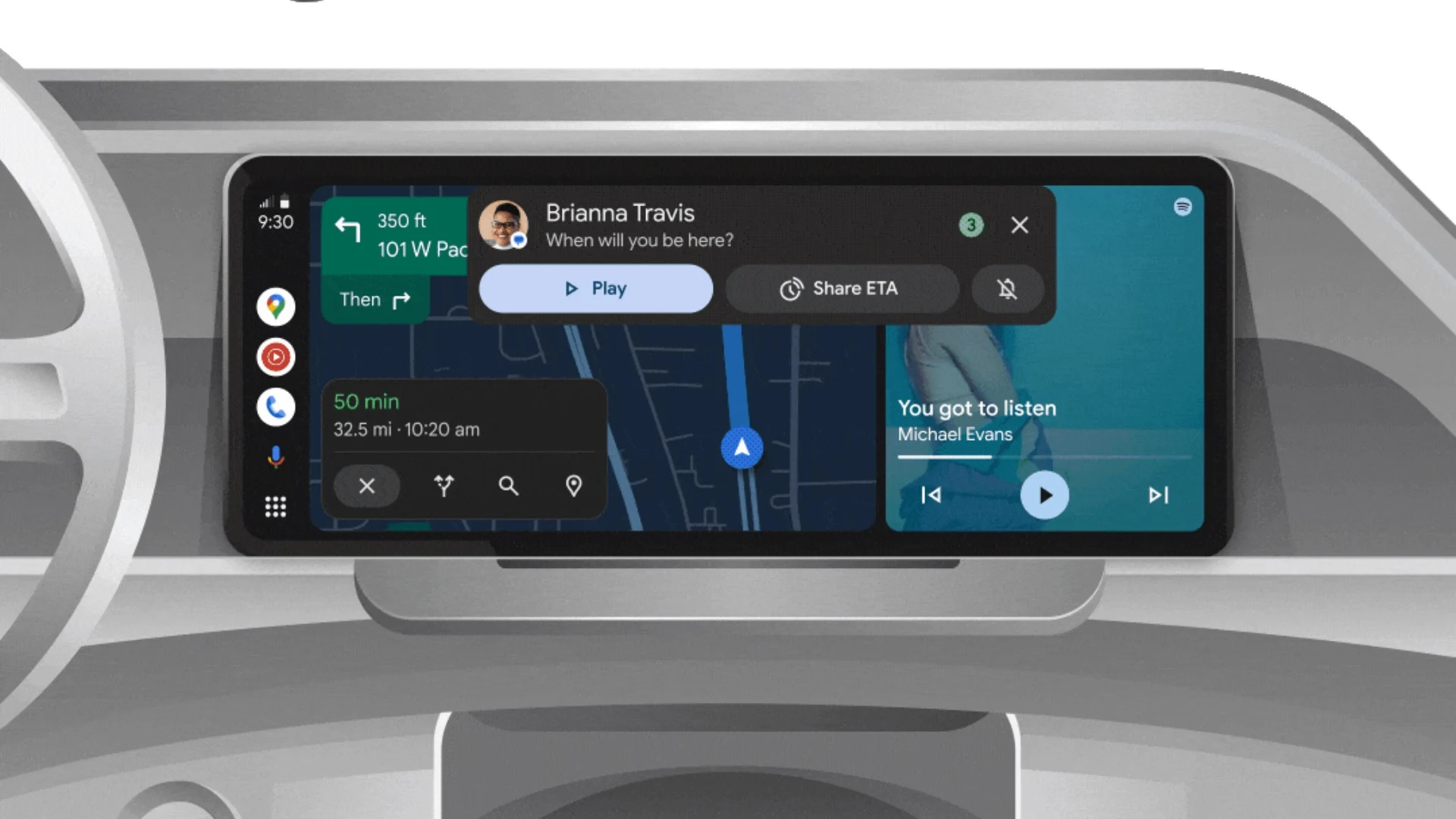
Google is rolling out a fun update for Android Auto, adding games to keep drivers entertained. This change, spotted in the latest Android Auto version (12.0), lets users play simple games right on their car’s screen. However, there’s a small twist: you’ll need to connect your phone to the car with a USB cable.
The update includes a “GameSnacks” feature, which offers quick, easy-to-play games. These are perfect for passing the time during a long wait, like at a charging station or in traffic. The games are lightweight and designed to work smoothly without needing a strong internet connection. But here’s the key detail—wireless Android Auto won’t support this. You must plug in your phone using a cable to enjoy them.
Why the cable rule? It seems Google wants to ensure a stable connection for the games to run well. Wireless setups can sometimes lag or drop, which could ruin the fun. Plus, a wired link might help save battery life on your phone while you play. For now, only a few users have this feature, as Google is testing it slowly.
This isn’t the first time Android Auto has added extras. Over the years, it’s grown from just maps and music to a full dashboard with apps and now games. Still, some might wonder if games could distract drivers. Google likely thought of that, so the feature only works when the car is parked.
If you’re excited to try this, check your Android Auto app for version 12.0. Grab a USB cable, plug in, and see if GameSnacks pops up. It’s a small addition, but it could make those boring waits a lot more fun!
Android
Android 16 brings simpler app controls
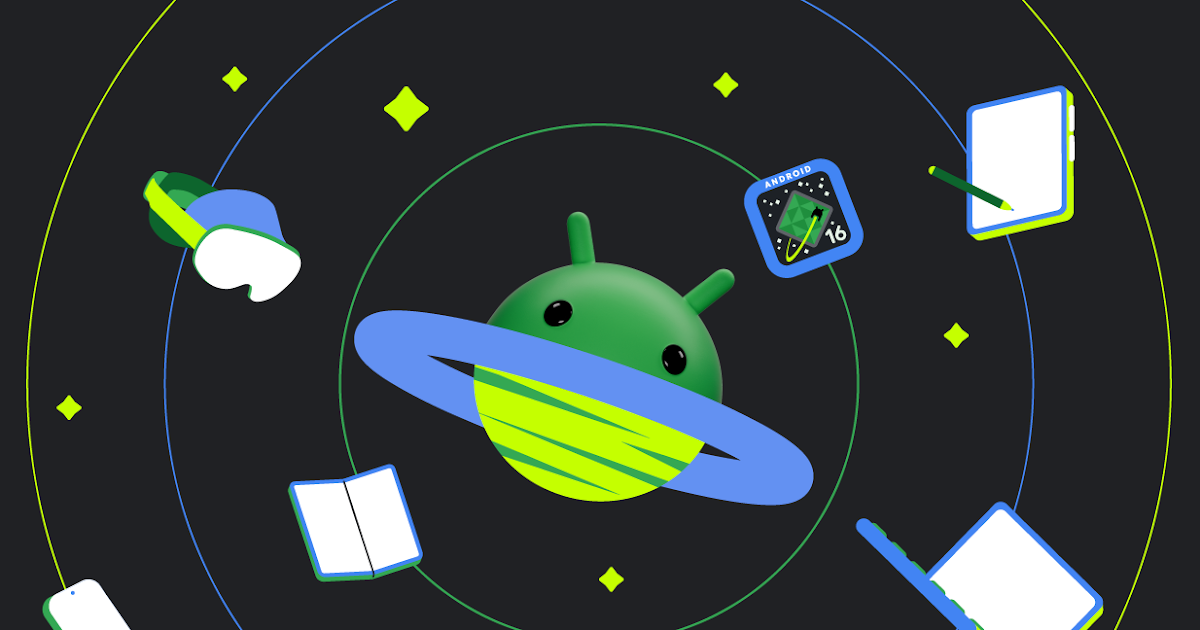
Google is working on Android 16, and it’s set to make managing apps easier than ever. A new feature spotted in the latest test version lets you tweak app settings right from the app’s info page. This means less digging through menus to change how an app works on your phone.
In the current Android setup, if you want to adjust things like permissions or notifications, you often have to jump between different screens. It’s not hard, but it can feel like a chore. With Android 16, everything you need—permissions, data use, and more—will be in one spot. For example, you could quickly turn off an app’s access to your camera or check how much battery it’s eating up, all without leaving that page.
This change comes from something called “App Settings Panels,” which Google is testing now. It’s not live for everyone yet, but it’s a sign of what’s coming. The idea is to save you time and make your phone feel smoother to use. Imagine opening an app’s info and seeing all the key options laid out simply—no extra taps needed.
There’s more good news: Android 16 might roll out sooner than usual. Some rumors say Google could drop it as early as June 2025, instead of the typical fall release. That’s because they’re speeding up how they build and test updates. Of course, this is still in the works, so the exact date could shift.
For anyone who loves keeping their phone just right, this update looks like a win. Fewer steps to control apps mean less hassle and more time enjoying your device. Keep an eye out—Android 16 could change how you handle your apps for the better!
Android
Android 16 Beta 3.2: What’s new and improved

Google has just rolled out Android 16 Beta 3.2, a small update that fixes some bugs and boosts performance for testers. This version comes after Beta 3, focusing on making the system smoother and more reliable. It’s part of Google’s plan to get Android 16 ready for everyone later this year.
This update tackles a few annoying issues. It fixes a glitch that made notifications act weird, like not showing up right or disappearing too fast. It also solves a problem where apps would crash when trying to open certain files. Plus, it improves how the battery lasts by tweaking how apps use power in the background.
For people testing this beta on Pixel phones, the update is easy to grab. Just head to the settings, check for updates, and download it. It’s about 500 MB, so it won’t take long. Google says this is one of the last beta versions before the big launch, so it’s a good chance to see what’s coming. Android 16 is shaping up to be faster and more user-friendly. With these fixes, Google is working hard to make sure it runs great when it finally arrives!
-
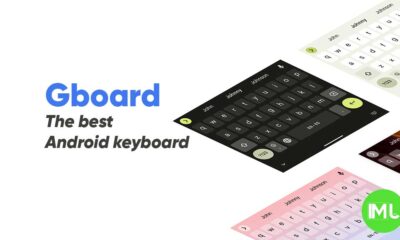
 Apps1 year ago
Apps1 year agoGboard Proofread feature will support selected text
-

 News1 year ago
News1 year agoSamsung USA crafting One UI 6.1.1
-

 News1 year ago
News1 year agoBreaking: Samsung Galaxy S22 may get Galaxy AI features
-
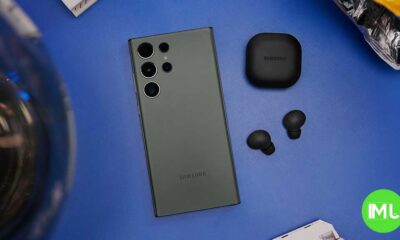
 News1 year ago
News1 year agoSamsung Galaxy S23 Ultra with One UI 6.1 and all S24 AI features revealed
-

 News1 year ago
News1 year agoOne UI 6.1 Auracast (Bluetooth LE Audio) feature coming to many Samsung phones
-

 News1 year ago
News1 year agoSatellite SOS feature coming to Google Pixel phones, evidence leaked
-
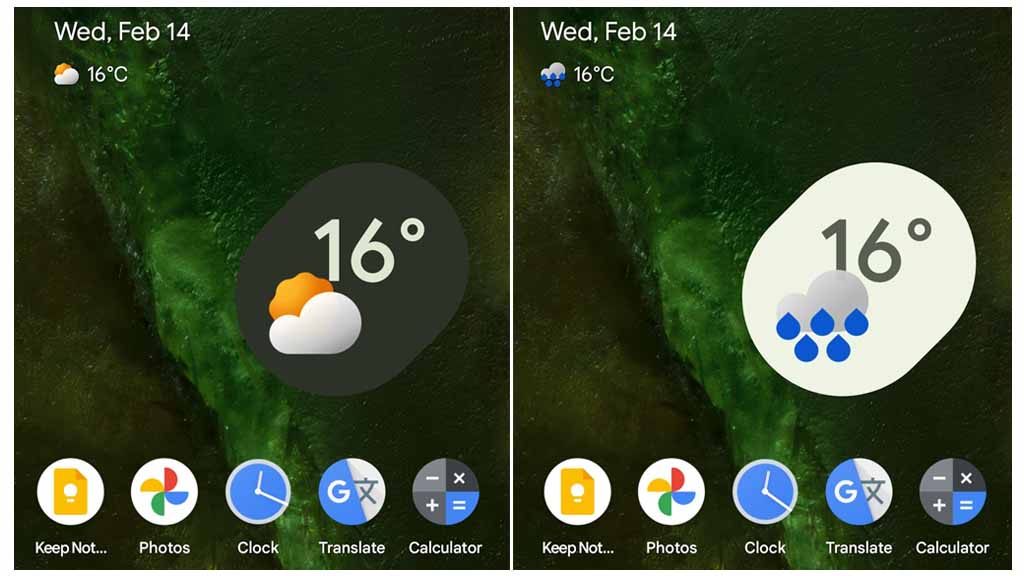
 Apps11 months ago
Apps11 months agoGoogle’s fancy new Weather app is finally available for more Android phones
-

 News1 year ago
News1 year agoGoogle Pixel evolves as Europe’s third best selling flagship



